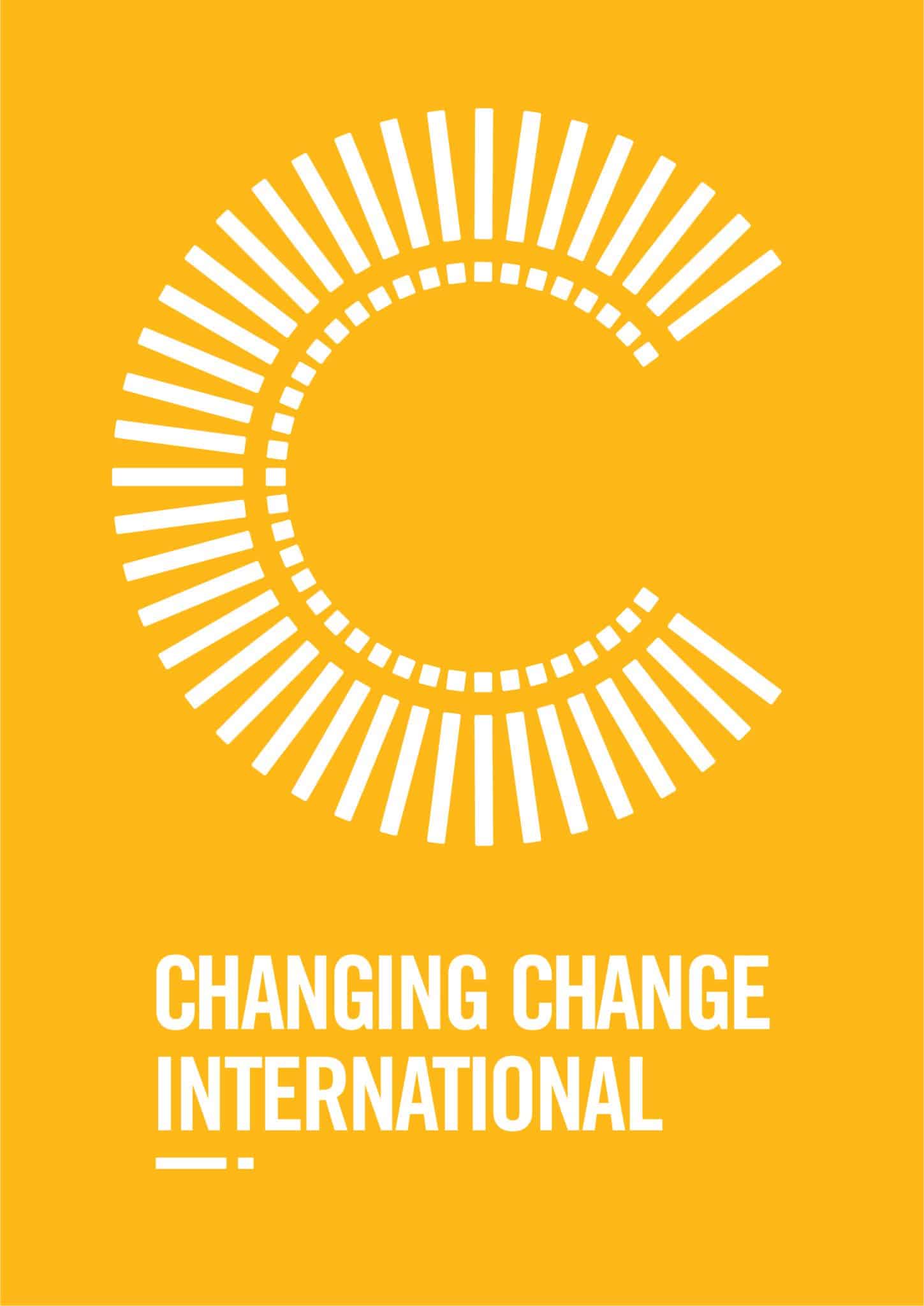CHANGING PERCEPTIONS: HR AND CULTURE
“Develop a passion for learning. If you do, you will never cease to grow.” Anthony J. D’Angelo
In a recent McKinsey interview with Banco de Crédito del Perú (BCP), Bernardo Sambra, BCP’s chief human-resources officer explained how he needed to change his perceptions, before he could change this culture (you can read the full article here).
As a result of this transformation, the Bank actually increased employee satisfaction, even as it reduced the Bank’s cost-income ratio by almost one-fifth.
So what can we learn from this?
In Bernado’s own words, his key learnings boiled down to:
- “First, in deciding to act, our most important step—and a very difficult one for us—was to have a conversation without PowerPoint. We needed to think about BCP’s future, and for that type of discussion, PowerPoint is of limited use.”
Learning: Engage in a conversation, be real and get out from behind the safety net (in their case PowerPoint – for you it could be hierarchy and office desks). Walk the floor, be curious. Talk to connect, not to win. Talk to hear and understand, not just to respond. Practice active listening – building empathy, rapport, and influence that leads to behavioural change.
- “Second, get a clear mandate from the CEO. It may sound commonsensical, but it makes all the difference.”
Learning: Unless you have buy in from all levels of the organisation, your efforts won’t have the impact they otherwise might have – and may actually fail.
A clear mandate removes ambiguity, uncertainty and misinterpretation, which means that the focus can be on the solution, rather than on the different interpretations of what is required. Imagine this one as the difference between having oil flowing freely through a pipe and one which hits barrier after barrier. Remove as many opportunities for friction as you can.
And everyone needs to model the behaviours you want, top down, bottom up and everything in between. We are biologically programmed to pick up the subtle and not-so-subtle clues in our environment about what is important, what is acceptable. Bottom line, we are programmed to align with those that will keep us safe – and if the leadership aren’t walking the talk, others won’t either.
- “Third, people need a compelling story to help them understand why they must change. Without the compelling story, a mandate is just an order.”
Learning: Connecting people to the “big why”, the purpose behind the proposed changes, helps people see the big picture so they can fully get on board with the changes. They can understand and grasp the logic that sits behind the decision – and it also engages their heart, not just their minds and hands as mandates can do.
Stories are one of the oldest forms of communication, and engage the visual part of the brain which helps the team to imagine themselves in the ‘new world’, and start to move away and separate from the ‘old world’. Metaphors are particularly powerful.
You can certainly motivate people to move away from the old – what gets better results? Inspire them to move towards the new.
- “Fourth, make the managers the owners of the process, not the victims of the process. HR can provide support.”
Learning: People will give their all when they believe in the cause or solution they are fighting for. Tapping into people’s core needs for significance and contribution can bring about powerful transformation in a way imposing change never can. Engendering ownership not just empowerment, inspiring rather than motivating (carrot rather than stick) and trusting your teams gives them space to grow as individuals, and fully embrace the changes.
- “Fifth, be consistent, no matter how painful it may be. If you start making exceptions, people will lose faith in the process.”
Learning: Consistency is a building block of the foundation of trust. It’s easy to fall back into old habits – but some will be watching for every mis-step as validation why it won’t work, why the old way is safest, and why this is just like every other time. Don’t lose their trust by being inconsistent – and if you are, acknowledge it, address it and get back on track.
There has to be one rule for everybody. Favouritism, or a rule for one, and another elsewhere, breeds resentment. Like cutting everyone’s bonuses and turning up in your shiny new company car, people notice. And they will take their frustration out in the workplace (subconsciously even if not consciously). That can lead to projects being subtly sabotaged, people withdrawing support (perhaps by not voicing their opinion or not sharing issues that need to come to the surface) and slowing down their pace of work, or not going the extra mile.
- “And finally, when you start getting the results you want, it is very easy to relax. Don’t.”
Learning: A major transformation of BCP’s branch network and central operations had yielded quick results: customer wait times fell by more than 50 percent, while employee productivity rose. They were sitting pretty – until they weren’t.
You can’t buy culture, and you can’t focus on it one day and then move one – it’s not a project, it’s a way of life. Culture isn’t built in a day; it is the collective values, beliefs and actions every single day that determine your culture. One of our speakers at the next Company Culture & Leadership Summit in 2017 gave us this sobering reminder – it’s when things are going well, that you need to be vigilant.
You miss a lot of learnings when you are in your comfort zone, because the cracks aren’t brought into such sharp focus – so don’t let your guard down, and you’ll be better prepared for when the inevitable tough times come along.
Simple? Getting the basics right isn’t always easy, but it’s worth the effort.
